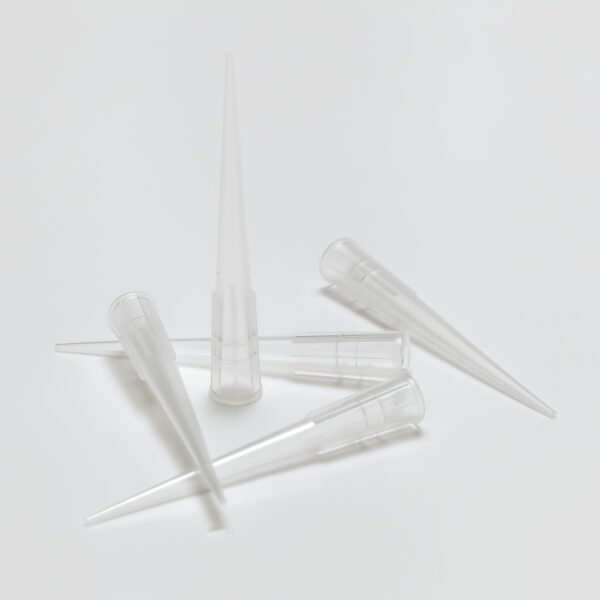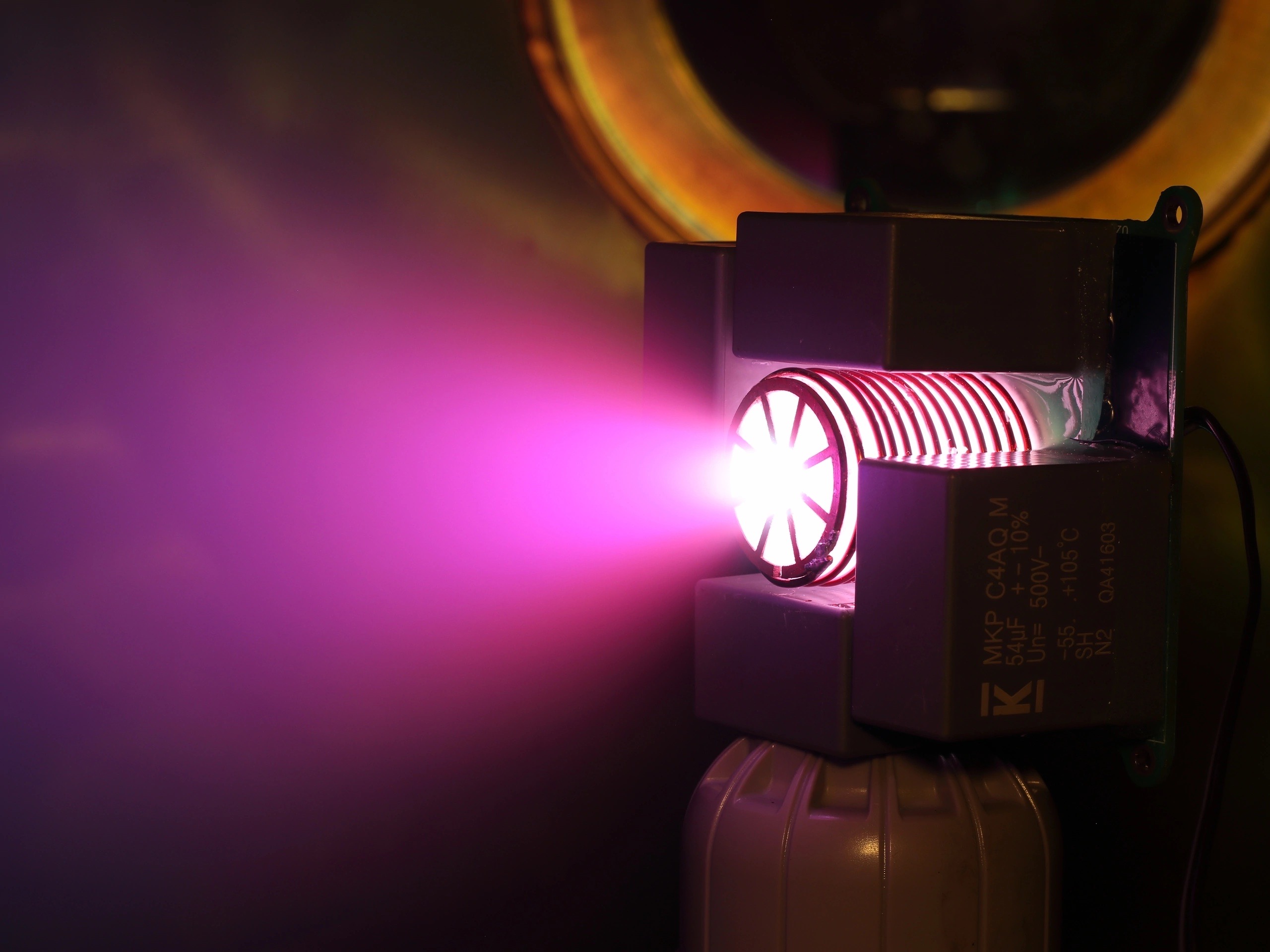Catalog
Search
431 products
View:
- Selected: 1Areas of use
- Selected: 0Item names
- Selected: 0Manufacturer
- Selected: 0Made in
- Selected: 0Additional
View:
431 products
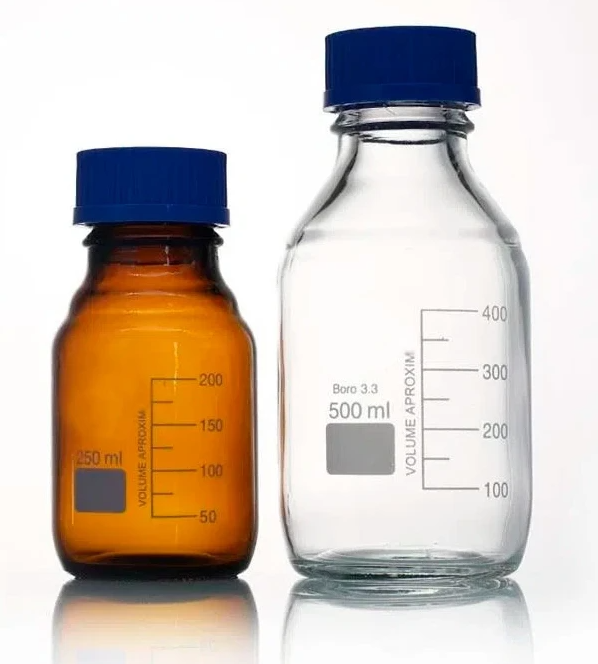
Primelab light glass reagent jar, 500 ml
from
224 ₽
1 supp.
A jar for reagents made of light glass PrimeLab, 500 ml is presented in the form of a container with a stable shape and a capacity scale for quickly determining the volume of contents. Designed for 500 ml. The neck with a diameter of 86 mm is equipped with a GL45 thread for screwing the cap included in the package. The total height of the can is 176 mm.
Primelab
Mytishchi
Produced in: Mytishchi, Moscow region
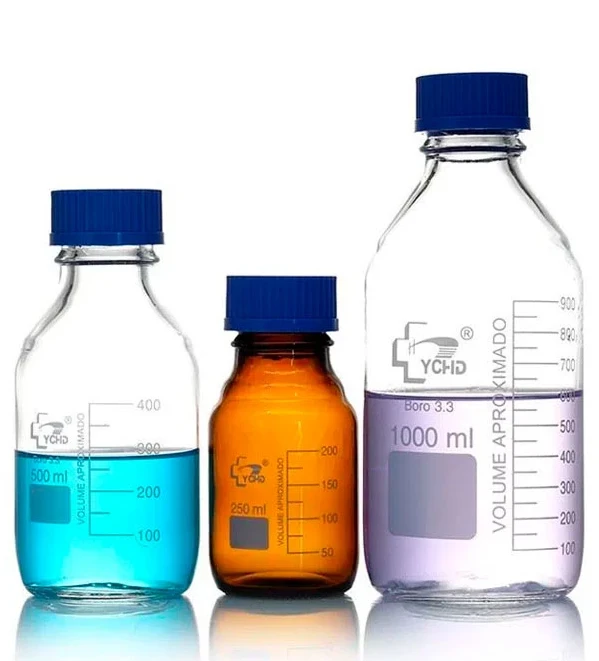
Primelab dark glass reagent jar, 2000 ml
1 supp.
A jar for reagents made of dark glass Primelab, 2000 ml is made taking into account all the subtleties of work in laboratories and other enterprises. It has a flat bottom, a tight-fitting lid, a measuring scale on the wall and an area for notes. The dark glass protects the contents from UV rays. Specifications:
• Volume – 2000 ml
• Height – 260 mm
• Diameter – 136 mm
• Thread - GL45.
Primelab
Mytishchi
Produced in: Mytishchi, Moscow region
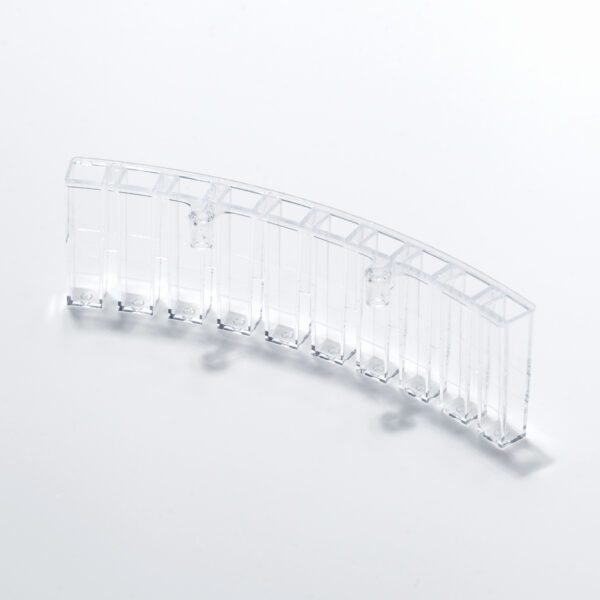
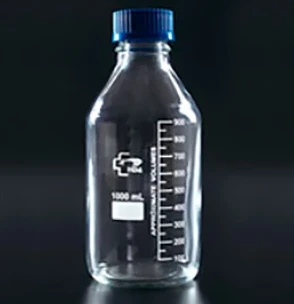
Primelab light glass reagent jar, 20000 ml
from
10 406 ₽
1 supp.
The light glass reagent jar is designed to work with any amount of substance up to 20,000 ml. The package includes a cover. The jar itself has a capacity scale for quickly determining the volume of contents. Designed for reusable use with the possibility of sterilization.
Characteristics:
• Volume – 20 l
• Height – 505 mm
• Diameter – 299 mm
• Thread - GL45.
Primelab
Mytishchi
Produced in: Mytishchi, Moscow region
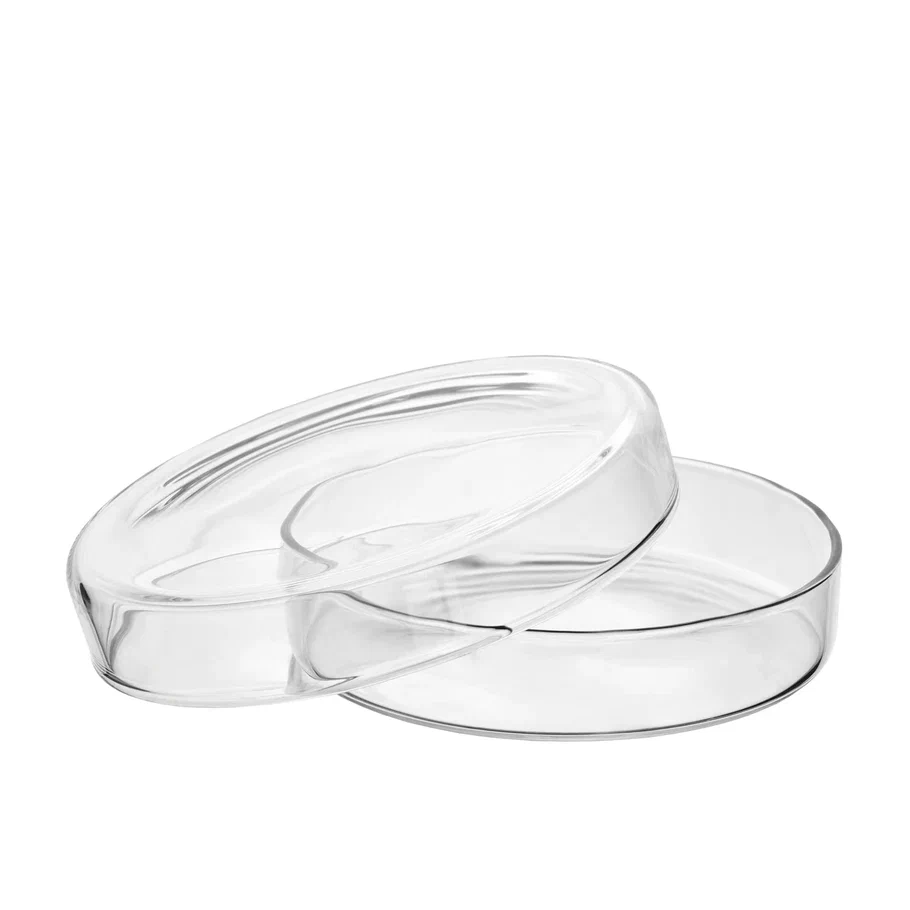
Petri dish Primelab 120 mm, glass
from
313 ₽
Petri dish PrimeLab 120 mm, glass - a small laboratory container with a small edge around the perimeter, made of tempered glass. Consists of two parts with the following features:
• The diameter of the upper part is 129 mm with 120 mm of the lower part.
• The height of the upper part is slightly lower than the height of the lower part, due to which the upper “lid” fits freely onto the base to protect the contents from the external environment and other microorganisms.
• Glass thickness is 2 mm.
Primelab
Mytishchi
Produced in: Mytishchi, Moscow region
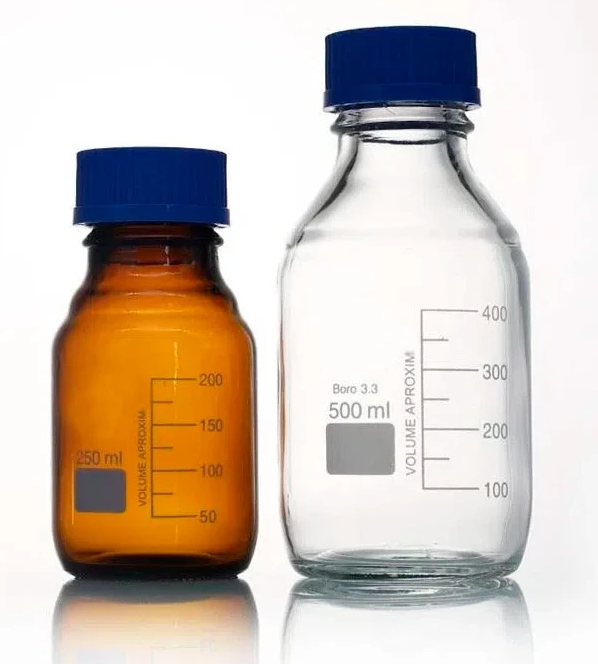
Reagent jar, dark glass PrimeLab, 5000 ml
1 supp.
Reagent jar, dark glass PrimeLab, 5000 ml is designed for efficient and safe work in a chemical laboratory, small production and more. Durable and opaque dark glass provides reliable protection against ultraviolet radiation, preventing oxidation and degradation of reagents.
Characteristics:
• Volume – 5000 ml
• Height – 330 mm
• Diameter – 186 mm
• Thread - GL45.
Primelab
Mytishchi
Produced in: Mytishchi, Moscow region
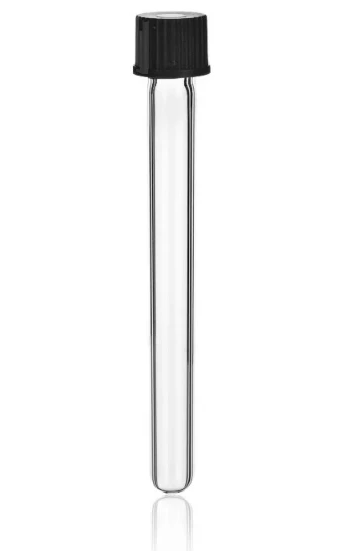
Test tube with screw cap PrimeLab, 10 ml, 15x100, round bottom
from
16 ₽
1 supp.
The PrimeLab screw cap tube is designed for laboratory processes involving reagent transport, storage, mixing, experimentation and more. Made from durable borosilicate glass 3.3, which is suitable for working with aggressive, toxic and poisonous substances. The PrimeLab tube is intended for reusable use. Withstands high temperatures, including sterilization under different conditions. The diameter of the tube is 15 mm with a length of the entire product of 100 mm. Holds up to 10 ml of substance of any consistency.
Primelab
Mytishchi
Produced in: Mytishchi, Moscow region
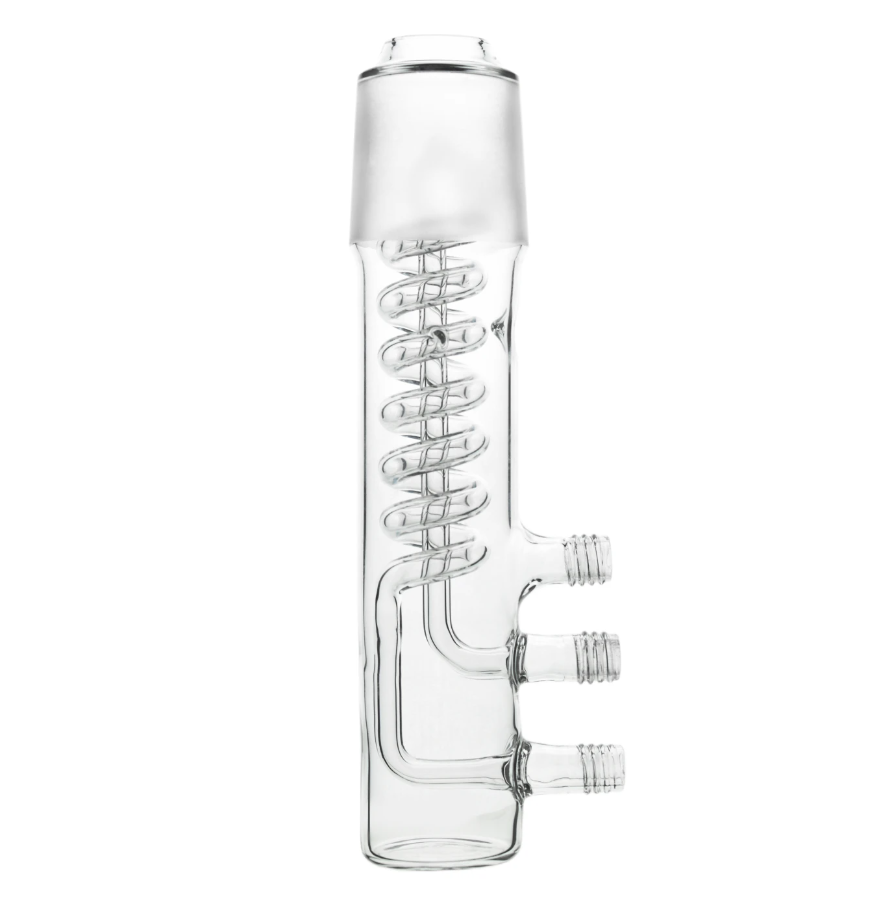
Reflux condenser with 45/40 Primelab joint, GL14 thread
1 supp.
The PrimeLab reflux condenser is a device designed for condensation or rapid cooling of various samples. Thanks to its compact dimensions, it is suitable even for laboratories with limited space. Externally, the refrigerator has the shape of a wide elongated tube, inside of which there is a spiral for additional cooling of the samples. It is equipped with a 45/40 joint and GL14 threaded tubes for connection to other equipment. It has a flat bottom, making it stable for placement on a straight surface. The refrigerator is made of durable borosilicate glass, resistant to intensive use and mechanical stress. Possesses thermal and chemical resistance. Available for order from Primelab in any quantity.
Primelab
Mytishchi
Produced in: Mytishchi, Moscow region
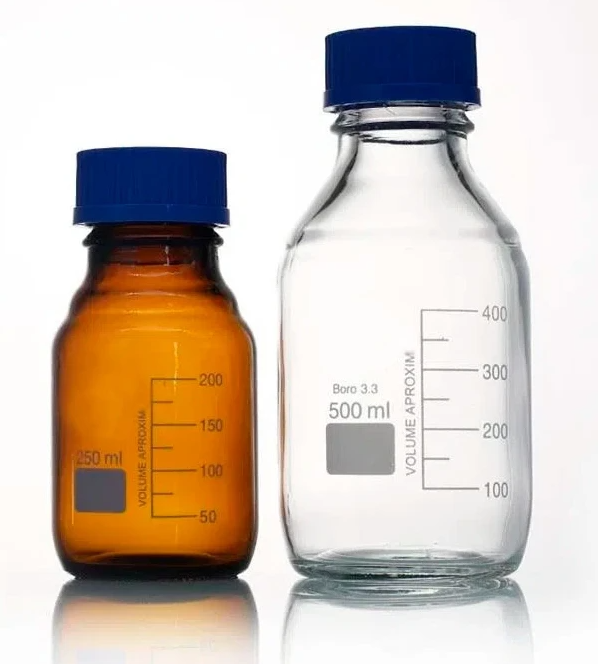
Primelab light glass reagent jar, 5000 ml
from
2 476 ₽
1 supp.
The PrimeLab light glass reagent jar is designed for 5000 ml. Presented in a classic form. The package also includes a lid that protects the contents from leakage and evaporation. There is a capacity scale on the wall.
Characteristics:
• Volume – 5000 ml
• Height – 330 mm
• Diameter – 186 mm
• Thread - GL45.
Primelab
Mytishchi
Produced in: Mytishchi, Moscow region
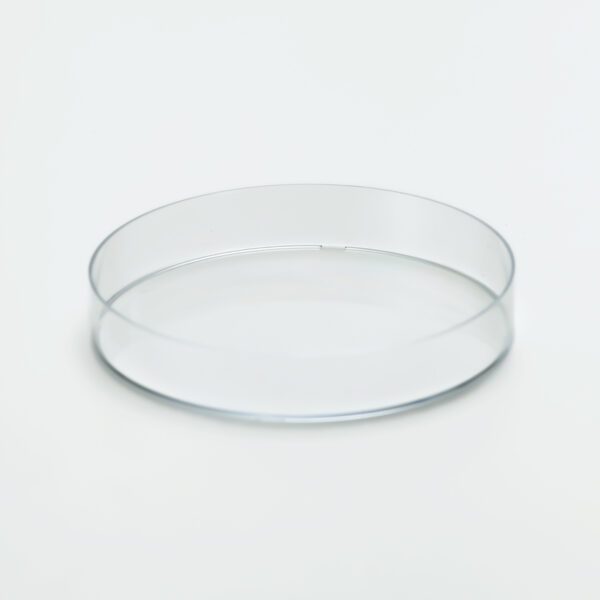
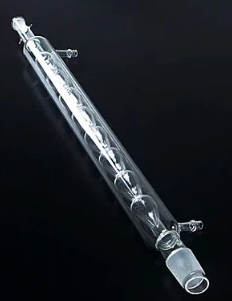
Refrigerator KhSh-1-400 29/32 Primelab, dm2 2.1
from
1 344 ₽
1 supp.
Refrigerator KhSh-1-400 29/32 Primelab is a small laboratory accessory designed for cooling vapors and reagents. Inside it there are small balls along which vapors move and cool due to energy loss. Additional cooling can be achieved by running running water over the jacket. The design of the refrigerator includes a core section (29/32), thanks to which it can be connected to laboratory equipment. Its total length is 56 cm with a working part length of 40 cm.
Primelab
Mytishchi
Produced in: Mytishchi, Moscow region
